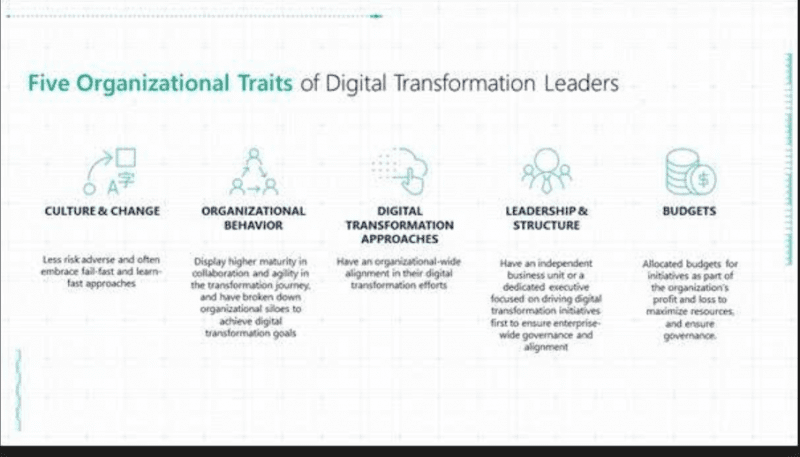By the year 2021, the digital transformation will add an estimated US$154 billion to India’s GDP, and increase the growth rate by 1.0% annually, according to a new business study released recently. The research, “Unlocking the Economic Impact of Digital Transformation in Asia Pacific”, was produced by Microsoft in partnership with IDC Asia/Pacific.
The study predicts a dramatic acceleration in the pace of digital transformation across India and Asia Pacific’s economies. In 2017, about 4% of India’s GDP was derived from digital products and services created directly through the use of digital technologies, such as mobility, cloud, Internet of Things (IoT), and artificial intelligence (AI).
The survey conducted with 1,560 business decision makers in mid and large-sized organizations across 15 economies in the region highlights the rapid impact and widespread disruption that digital transformation is having on traditional business models. The study identified five key benefits from digital transformation. According to the research findings, organizations are seeing significant and tangible improvements from their digital transformation efforts across these benefits in the range of 11% to 14% today. Business leaders expect to see more than 40% improvements in those key areas by 2020, with the biggest jump expected in productivity, customer advocacy as well as profit margin.
According to the research findings, organizations are seeing significant and tangible improvements from their digital transformation efforts across these benefits in the range of 11% to 14% today. Business leaders expect to see more than 40% improvements in those key areas by 2020, with the biggest jump expected in productivity, customer advocacy as well as profit margin.
Microsoft recommends organizations to adopt the following strategies to become a digital transformation Leader:
- Create a digital culture: An organization needs to build a culture of collaboration where it is connected to business functions and has a vibrant and mature ecosystem of customers and partners. Data can then be embraced across organization and functions, where better decisions can be made and ultimately serving the needs of customers and partners better.
- Build an information ecosystem: In a digital world, organizations are capture more volumes of data internally and externally. The key to becoming a Leader is for organizations to be able to convert data into capital assets, and enable data sharing and collaboration internally and externally in an open yet trusted manner. In addition, a proper data strategy will allow businesses to start their AI initiatives to identify connections, insights, and trends.
- Embrace micro-revolutions: In most cases, digital transformation efforts do not start with widespread change, but a series of micro-revolutions. These are small, quick projects that deliver positive business outcomes and accrue to a bigger and bolder digital transformation initiative.
- Develop Future Ready Skills for Individuals and Organizations: Organizations today must relook at training and reskilling its workforce so that workers are equipped with future-ready skill sets such as complex problem solving, critical thinking and creativity for the digital economy. More importantly, they need to rebalance the workforce to attain and attract key digital talents, as well as be open in creating a flexible work source model where they tap into a skills-based marketplace. From a digital skills perspective, LinkedIn’s latest study outlines the ABCs of digital talents required for future economies in the region – artificial intelligence, big data and cloud computing. In India, the top in-demand skills are big data, artificial intelligence, and cloud computing.
“India is clearly on the digital transformation fast track. Within the next four years, it is estimated that nearly 60% of India’s GDP will have a strong connection to the digital transformation trends.” said Anant Maheshwari, President, Microsoft India. “Organizations are increasingly deploying emerging technologies such as artificial intelligence, and that will accelerate digital transformation led growth even further.”
Follow us on Twitter for more news and updates.












That’s great!
Well, surely the pace from developing to developed is gradually increasing.
this is really helpful step for India!!